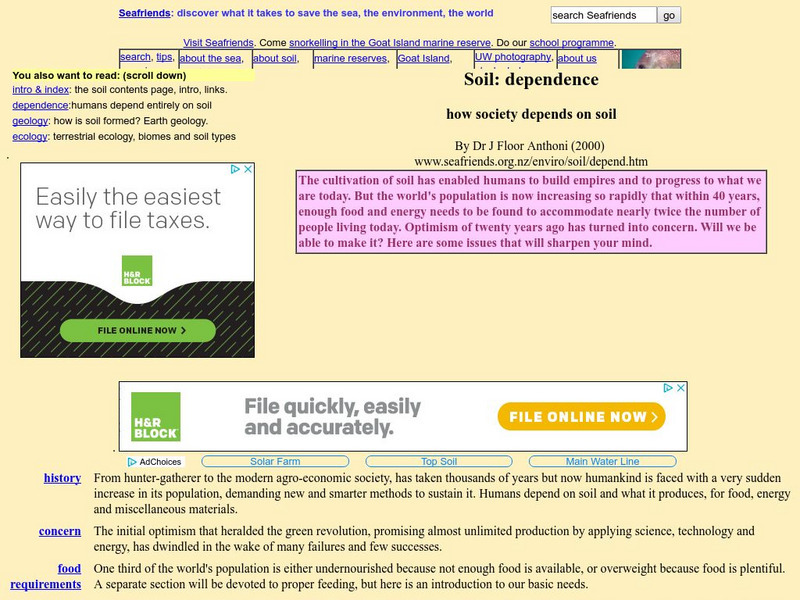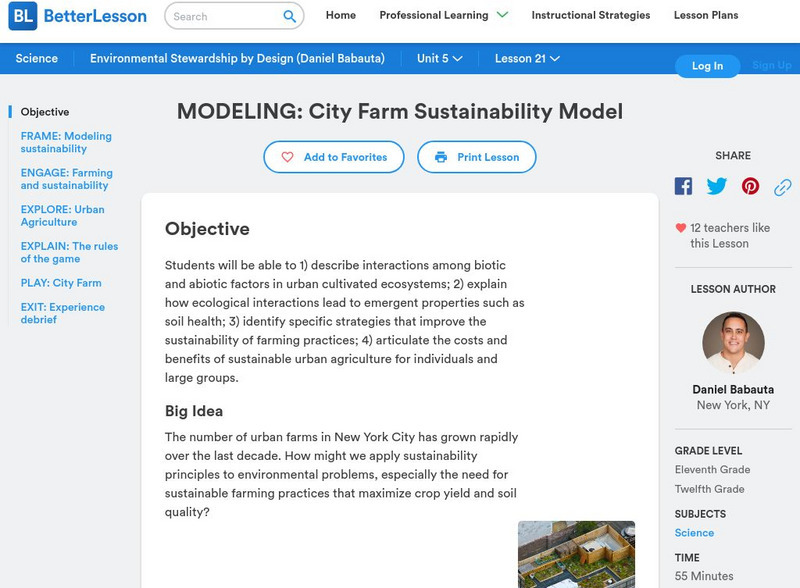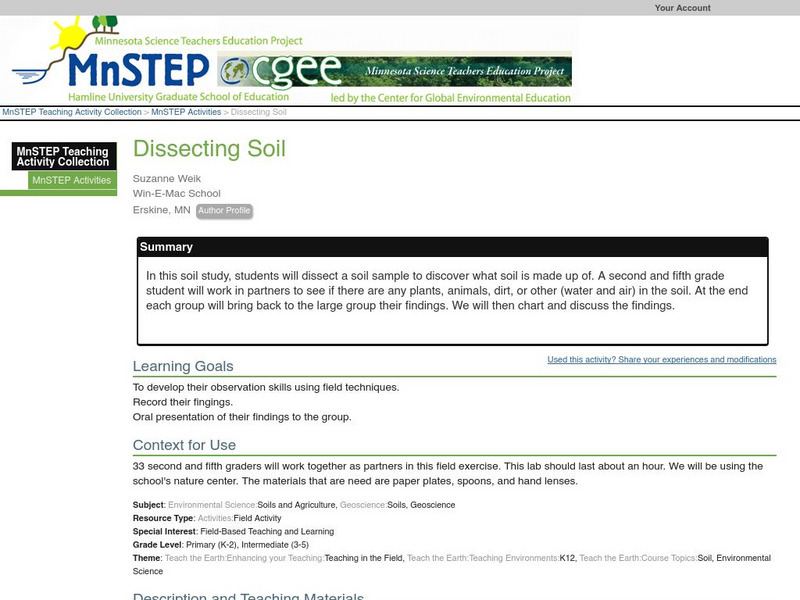Hi, what do you want to do?
Curated OER
The Appearance of the Moon
Third graders watch a demonstration on how craters were formed on the moon. Individually, they care given a set of materials that represent the moon surface and make their own craters. To end the lesson, they measure the size of the...
Curated OER
Riparian Zones Grades 4-8
Students examine and analyze the Riparian Zones found on the edges of streams and lakes. They assess why those are such valuable ecosystems and then conduct actual field research on riparian zones and conclude by drawing conclusions from...
Curated OER
Mongolia: Land, History and Culture
Students examine the land, culture and history of Mongolia. In groups, they use the internet to determine what groups held power and during what time periods. They also identify the most important parts of their culture and why they...
Curated OER
Arbor Day Challenge: Crossword Puzzle
In this Arbor Day crossword puzzle, students use a set of 28 clues given at the bottom of the page to complete the puzzle; clues are related to Arbor Day.
Curated OER
The Queen's Empire
Eighth graders study insects and make observations about their habitat. in this insect research lesson students research the Internet to compile information on ants.
Curated OER
Ecosystem Organization - Lesson Plan
Student explore ecosystems. In this ecosystem organization lesson, students consider how scientists study living organisms. Students participate in a teacher guided activity that requires them to visualize an organism and imagine its...
Curated OER
The Biological Carbon Cycle
Pupils learn about the biological carbon cycle. In this carbon cycle lesson, students access the web site and mouse over the diagrams to follow the carbon cycle. They read about what happens to humans and plants during this cycle.
Curated OER
Fossil Fuel and the Ticking Clock
Students study energy sources to learn about fossil fuels and environmental concerns. In this energy sources lesson, students watch demonstrations for various energy examples. Students find hidden pennies, make a bar graph on their data,...
Curated OER
Tree Identification
In this tree identification worksheet, students collect samples from different trees and identify them using the deciduous tree guide or the conifer key.
Other
Seafriends: Soil Dependence
This website looks at our dependence on soil and what it produces. It includes text, graphs, charts, illustrations and important statistics. Hosted by the Seafriends Marine Conservation and Education Center.
Globe
The Globe Program: Soils Module
In this storybook, the GLOBE Kids are on the trail of Scoop, an eager dog who loves to dig holes in the soil. At each hole Scoop has dug, the Kids use their journals to record characteristics of the soil. Learning activities help...
Other
Attra: Sustainable Soil Mangement
How does soil in its native condition function? How do forests and native grasslands produce plants and animals in the complete absence of fertilizer and tillage? What are the principles by which these soils function? The answers to...
Better Lesson
Better Lesson: What Kind of Animals Live on Farms?
A lesson on sustainability of urban farms in particular in New York City. Students learn how to apply sustainability principles to environmental problems. Students will look at the need for sustainable farming practices that maximize...
Science Education Resource Center at Carleton College
Serc: Dissecting Soil
In this soil study, students investigate a soil sample to discover what is inside the soil. Working in partners, they explore to see if there are any plants, animals, dirt, or other (water and air) in the soil.
US Environmental Protection Agency
Epa: Measuring Soil P H
This site has an experiment to find out how to measure the pH of your soil. The soil pH is an important condition that can affect the health of plants and animals.
Agriculture in the Classroom
National Agriculture in the Classroom: A Look at Maine Agriculture [Pdf]
A terrific site for learning about the agricultural industry. Easy-to-understand, bulleted facts on Maine climate, soil, crops, and animals.
Agriculture in the Classroom
National Agriculture in the Classroom: A Look at Michigan Agriculture [Pdf]
Learn about the agricultural industry in Michigan. Easy-to-read, bulleted facts on climate, soil, crops, and farm animals.
Virginia Tech
Virginia Tech: Moist Temperate Coniferous Forest Biome
Complete description of coniferous forest with examples and photos. Animal, plant, and soil information.
Agriculture in the Classroom
National Agriculture in the Classroom: A Look at Louisiana Agriculture [Pdf]
Learn facts about the agricultural industry of Louisiana, including climate, soil, crops, and animals. PDF (requires Adobe Reader).
Agriculture in the Classroom
National Agriculture in the Classroom: A Look at Mississippi Agriculture [Pdf]
What a terrific site to learn about a variety of aspects of the agricultural industry. You will find bulleted facts on the Mississippi climate, soil, crops, and animals.
Agriculture in the Classroom
National Agriculture in the Classroom: A Look at Missouri Agriculture [Pdf]
What a terrific site to learn about a variety of aspects of the agricultural industry. You will find bulleted facts on the Missouri climate, soil, crops, and animals.
Agriculture in the Classroom
National Agriculture in the Classroom: A Look at Montana Agriculture [Pdf]
What a terrific site to learn about a variety of aspects of the agricultural industry. You will find bulleted facts on the Montana climate, soil, crops, and animals.
Agriculture in the Classroom
National Agriculture in the Classroom: A Look at Nebraska Agriculture [Pdf]
What a terrific site to learn about a variety of aspects of the agricultural industry. You will find bulleted facts on the Nebraska climate, soil, crops, and animals.
Agriculture in the Classroom
National Agriculture in the Classroom: A Look at Nevada Agriculture [Pdf]
Use this site to learn about a variety of aspects of the agricultural industry. You will find bulleted facts on the Nevada climate, soil, crops, and animals.



















